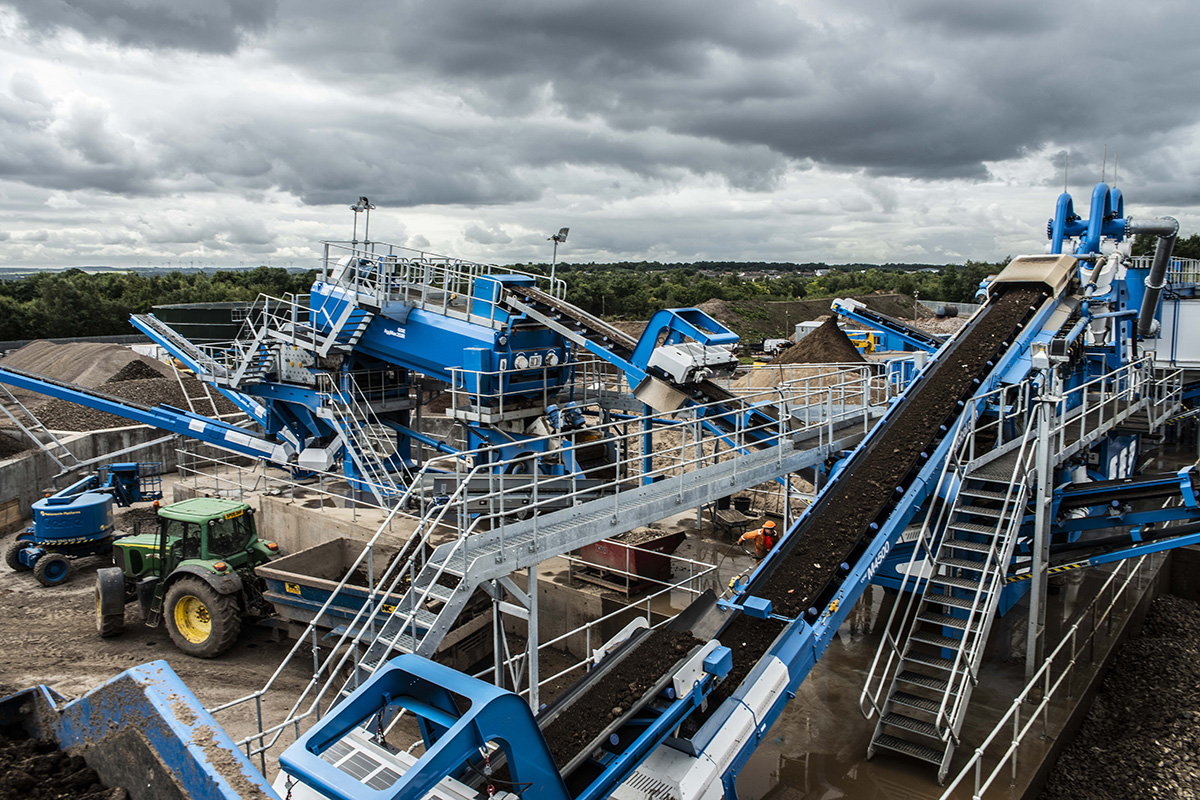
By Scott Brewster, MD of Brewster Brothers
OVER the past few years, the construction industry has taken great strides to embrace sustainable practices. But faced with rising fuel costs, inflationary pressures and supply chain issues it would be easy to let the green agenda slip.
Against those economic headwinds, it is important that the sector continues to look to the long term. Holding firm, however, needs the support and the collective effort of business, representative bodies and government. To continue to advance sustainable practices also needs the active engagement of finance institutions to bring a focus on how to leverage funds in an economic downturn.
The decade between 2009 and 2019 was the warmest on record, our natural resources are dwindling and the world’s second most consumed resource, sand, is set to run out by 2045. Even as the construction sector adopts circular models within its operations, it remains responsible for 40% of carbon emissions and 50% of natural resource consumption in Scotland.
If we are to hit our net zero targets, at the top of my wish list is to do more of what works. Recycling construction, demolition and excavation waste for reuse as new building materials uses proven technology which is still sadly misunderstood by some and underused by many. Even though 90% of construction waste is recyclable, only 42.5% is recycled to create aggregates to use back into building projects. The use of virgin aggregates in non-structural applications is still written into many project specifications and this needs to change. Industry standards also need to be brought up to date to reflect technical innovations and improved quality assurance in recycled/secondary materials.
Better use of soil waste is a place to start as it is a low-hanging fruit produced in vast tonnages. Diverting quality subsoil currently being used in recovery sites to more meaningful and appropriate uses in landscaping would instantly improve carbon efficiencies. Thereafter, taxes and fiscal mechanisms, such as the proposed Scottish Aggregates Levy, need to be devised to deliver meaningful savings against using landfill and virgin materials for contractors.
In second place, would be a means to join up all the elements that make up the circular economy viable for everyone in the supply chain. Many factors will accelerate the path to circularity, from the affordable use of sustainable fuels in vehicles to the construction of solar or wind power on-site, as we’re in the process of doing. The barriers to switching to greener fuel and energy alternatives should be removed, otherwise, companies unnecessarily have to choose between planet and profit. Outdated tax regimes and regulations that were put in place without the perspective of small businesses trying to do the right thing need to be rethought through the lens of a sustainable economy.
Equally, and this is where we need help from the finance sector, how do we unlock funds to make sustainability aspirations a reality? In England, the Cambridge Institute of Sustainable Leadership brings together industry, academic and finance institutions from all over the world for exactly this purpose. It would be interesting to see how we can translate that framework to a Scottish context where SMEs make up the great majority of businesses and make this connection between finance, business and government standard practice. Leadership that dares to be ambitious on the one hand; practical solutions that deliver change at pace on the other.
There is no shortage of passion for sustainability and the circular economy within the construction sector, but the pressure on costs will always shape our responses in the real world. This feels like a critical time. Find a way to collectively drive affordable, joined-up, ‘whole picture’ solutions to protect Scotland’s natural resources or recessionary pressures could set us back decades in our fight against climate change.







